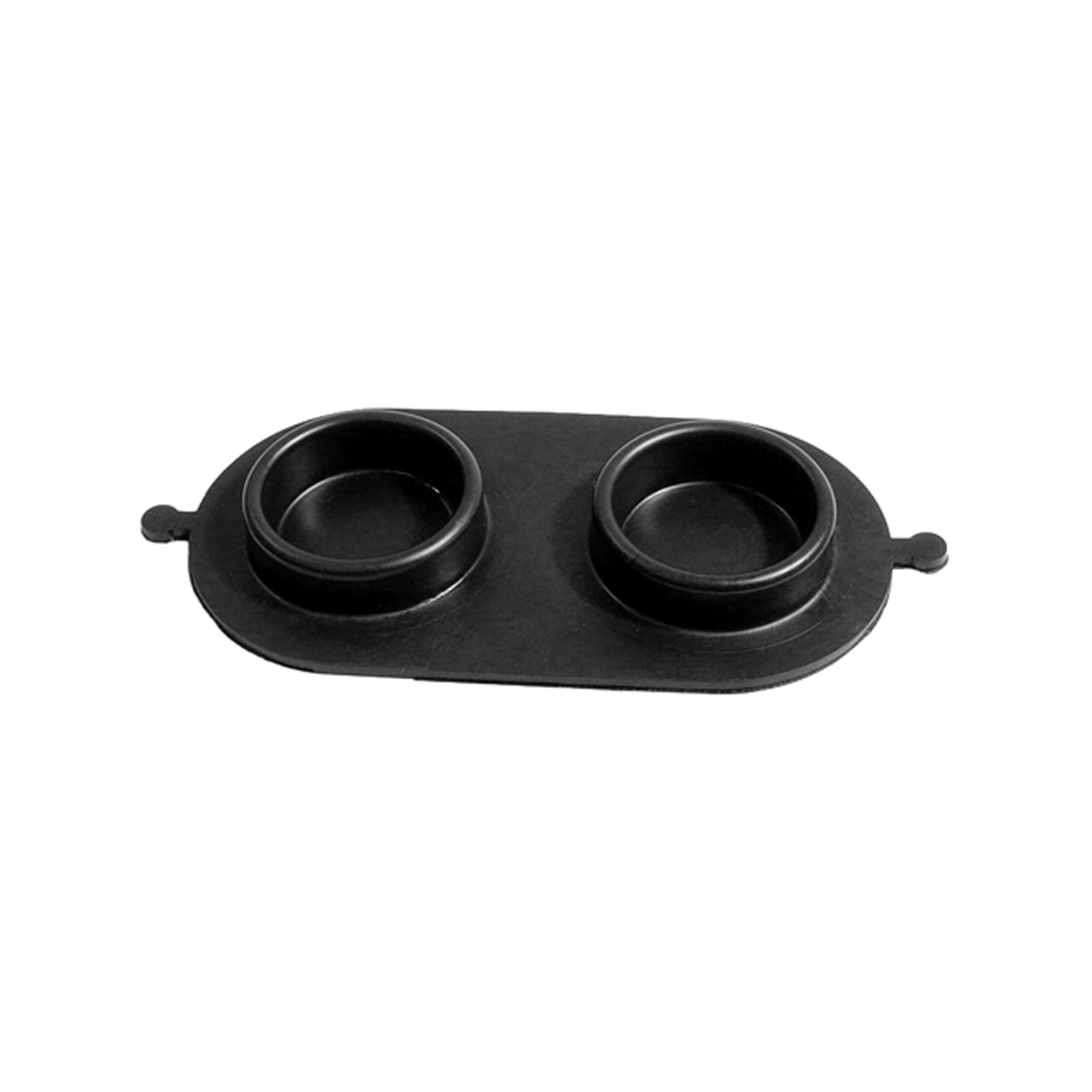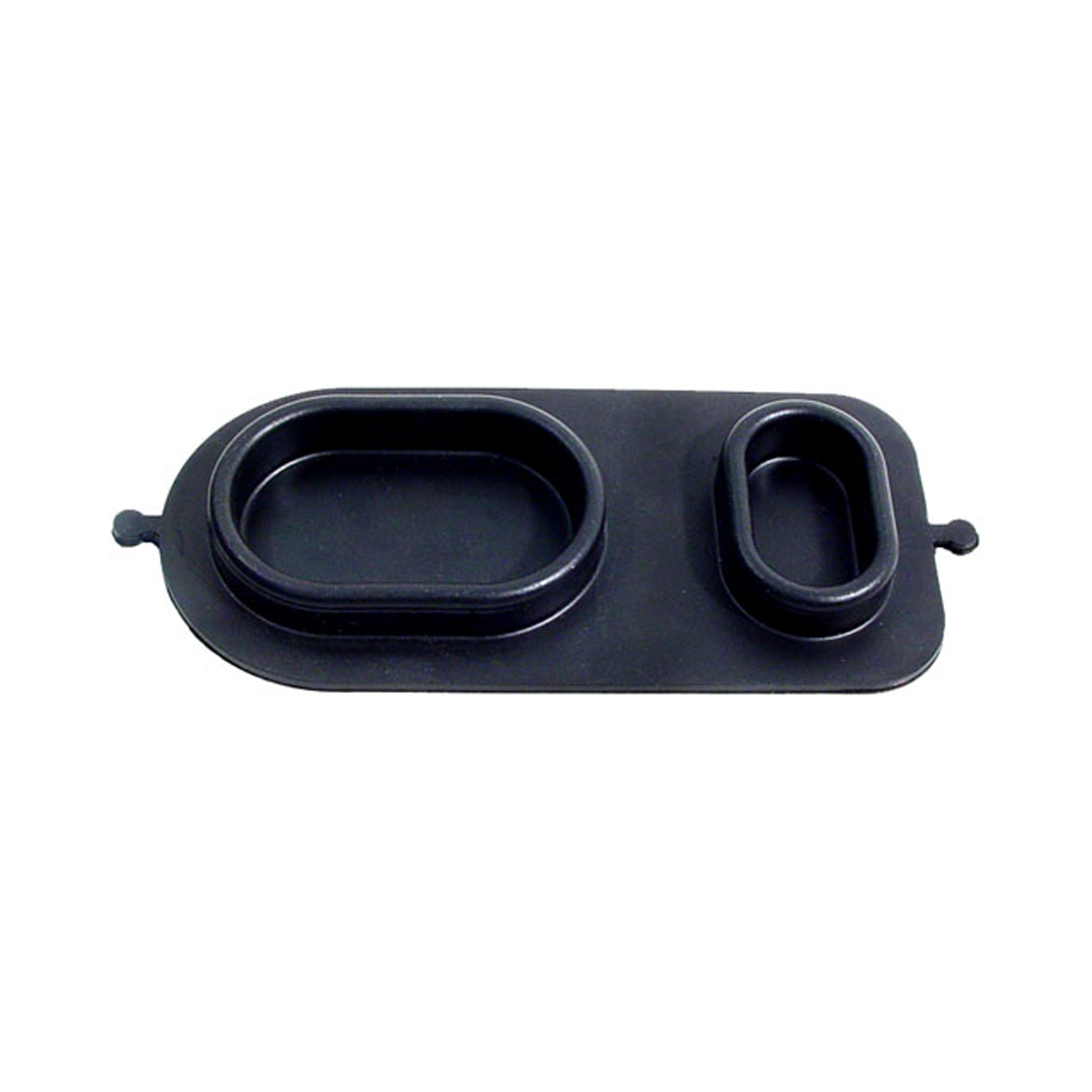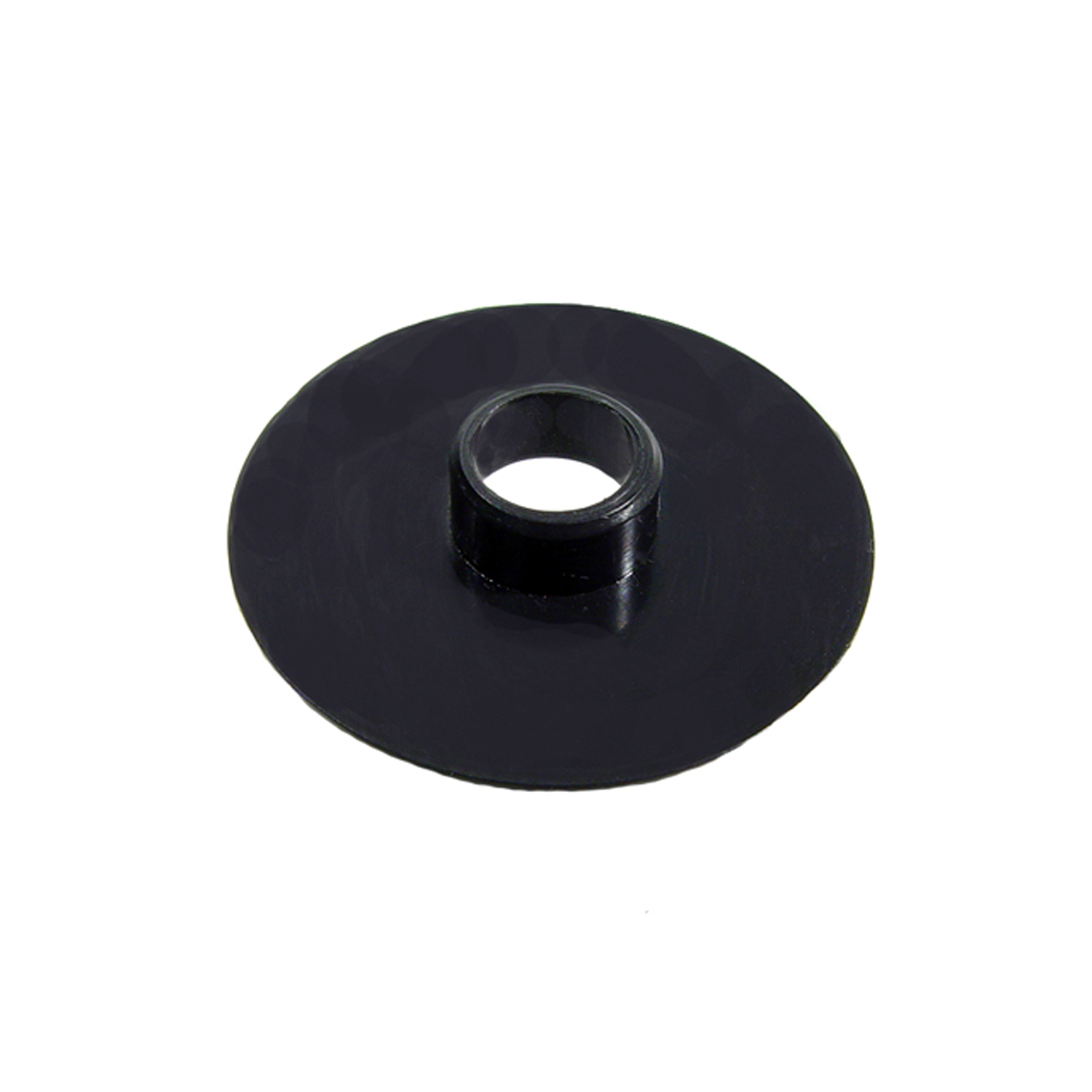Image of 1970 Ford Maverick, sourced from en.wikipedia.org , Image Link.
Performance Metrics
Fundamental Metrics
Emotional Appeal
MMP Rating
| Engine Specifications | |
|---|---|
| Engine: | 170 CID I6, 200 CID I6, 250 CID I6, 302 CID V8 |
| Displacement: | 170-302 cubic inches |
| Horsepower: | 105-210 hp |
| Torque: | 158-296 lb-ft |
| Compression Ratio: | 8.3:1 - 9.0:1 |
| Ignition System: | Conventional, distributor |
| Cooling System: | Liquid-cooled |
| Performance Specifications | |
| 0-60 Time: | 10-12 seconds |
| 1/4 Mile Time: | 17-19 seconds |
| Top Speed: | 105-120 mph |
| Transmission and Drive | |
| Drive Type: | Rear-wheel drive |
| Transmission Type: | 3-speed manual, 3-speed automatic |
| Fuel and Efficiency | |
| Fuel System Type: | Carburetor |
| MPG: | 15-20 mpg |
| Dimensions and Brakes | |
| Brakes: | Front disc, rear drum |
| Wheelbase: | 103.0 inches |
| Weight: | 2,800-3,000 lbs |
Note: Specifications for classic cars are given to the best of our ability, considering the limited and variant data available.
Unveiling the Underdog: The 1970 Ford Maverick
The 1970 Ford Maverick arrived on the scene with little fanfare, yet it quickly became a symbol of American ingenuity and a testament to the era's shifting automotive landscape. Born from the minds at Ford as a response to the burgeoning compact car market, the Maverick was designed to be economical without sacrificing style. It was an instant hit, offering a unique blend of affordability and flair that resonated with consumers during an era of economic uncertainty and rising fuel prices. A little-known fact about the Maverick is that it sold over half a million units in its first year, outpacing predictions and establishing itself as a formidable player in the compact segment.
Design and Innovation: The Maverick's Blueprint
The exterior of the 1970 Ford Maverick was marked by its long hood, short deck proportions, and simple yet striking lines. It was a design that echoed the muscle cars of the time but in a more subdued and accessible package. Inside, drivers were greeted with a functional interior that prioritized straightforwardness over luxury, with materials chosen for durability and cost-effectiveness. Despite this, options like the "luxury decor" package could add a touch of elegance with upgraded upholstery and trim. Technologically, the Maverick was not groundbreaking but did feature innovations like integrated safety features in its basic design. Color options ranged from subdued to vibrant, with hues like Grabber Blue becoming iconic among enthusiasts. Body styles included a two-door sedan initially, with a four-door sedan joining later, but it was the two-door model with optional rear spoiler that captured hearts.
Historical Significance: The Maverick's Mark on Motoring
The 1970 Ford Maverick made its mark by offering an affordable yet stylish alternative to both gas-guzzling muscle cars and imported compacts. It bridged a gap in the market at just the right time, influencing future designs by showing that economy cars didn't have to be dull. Its success also prompted competitors to rethink their strategies, leading to a surge in compact car offerings throughout the 1970s.
Performance and Handling: The Driving Spirit of the Maverick
Equipped with an inline-six engine as standard, with an optional V8 for those craving more power, the Maverick's performance was modest but sufficient for its class. The top speed and acceleration were not headline-grabbing figures; however, it provided reliable and economical transportation. Handling was typical for compact cars of that era—adequate for everyday driving but not sporty. Drivers often recall the distinct hum of its powerplant and straightforward driving dynamics that made it an honest companion on both city streets and highways.
Ownership Experience: Living with the Maverick
The Ford Maverick found its niche as an all-rounder—equally at home being used as a daily driver or gracing car shows in restored condition. Its simplicity meant maintenance was generally straightforward, endearing it to owners who valued reliability over frills. While some criticized its basic nature compared to more luxurious contemporaries, this simplicity has become cherished over time.
Fun Facts: Mavericks in Culture and History
The Maverick has had its share of limelight; rare editions like the Grabber package are sought after by collectors for their distinctive styling cues. While not known for breaking speed records, it set sales records that took industry observers by surprise. The car also found fame on screen and has been spotted in various films and TV shows throughout the decades.
Collector's Information: Investing in a Classic Maverick
Today's collector market sees the 1970 Ford Maverick as an emerging classic. With production numbers originally in the hundreds of thousands, survivors are becoming increasingly rare. Values vary widely based on condition and originality; well-preserved models can fetch significant sums while project cars remain affordable entry points into classic car ownership. Price trends suggest appreciation is likely as nostalgia fuels demand for 70s-era vehicles.
Conclusion: Celebrating the Compact Champion
The 1970 Ford Maverick may have started as an underdog but has since earned its place in automotive history books as an emblem of practicality wrapped in appealing sheet metal. It stands as proof that economy can coexist with style—a philosophy that continues to resonate with car enthusiasts around the world.
1970 Ford Maverick Catalog of Parts
 1970 Ford Maverick Brake Master Cylinder Cover Seal. Replaces OEM #C7AZ2167-A-RP 2-BBrake Master Cylinder Cover Seal. Replaces OEM #C7AZ2167-A. Each
1970 Ford Maverick Brake Master Cylinder Cover Seal. Replaces OEM #C7AZ2167-A-RP 2-BBrake Master Cylinder Cover Seal. Replaces OEM #C7AZ2167-A. Each 1970 Ford Maverick Brake Master Cylinder Cover Seal. Replaces OEM #5470861-RP 2-CBrake Master Cylinder Cover Seal. Replaces OEM #5470861. 5-9/16" long, 2-5/8" wide. Each
1970 Ford Maverick Brake Master Cylinder Cover Seal. Replaces OEM #5470861-RP 2-CBrake Master Cylinder Cover Seal. Replaces OEM #5470861. 5-9/16" long, 2-5/8" wide. Each 1970 Ford Maverick Windshield and Rear Windshield Reveal Molding Clip-WF 226Windshield and Rear Windshield Reveal Molding Clip. Made of steel. Each
1970 Ford Maverick Windshield and Rear Windshield Reveal Molding Clip-WF 226Windshield and Rear Windshield Reveal Molding Clip. Made of steel. Each 1970 Ford Maverick Window Grommet. Plastic. 1-1/2" O.D., 3/8" I.D. Each-WF 981Window Grommet. Plastic. 1-1/2" O.D., 3/8" I.D. Each
1970 Ford Maverick Window Grommet. Plastic. 1-1/2" O.D., 3/8" I.D. Each-WF 981Window Grommet. Plastic. 1-1/2" O.D., 3/8" I.D. EachWhy Choose Metro?
For over 100 years, Metro Moulded Parts has been the pinnacle of quality in classic car restoration parts. Our commitment to precision and authenticity in every component ensures a perfect fit and an OEM-level appearance.
- Expert Craftsmanship & Quality: Each part is a testament to our dedication to reliability and perfection, crafted from original designs and thoroughly tested.
- Advanced Technology: We use cutting-edge techniques to create flawless, long-lasting parts that surpass others in performance.
- SuperSoft Sponge – The Ultimate Door Seal: Not only are our door seals 30% softer than competitors', but they're also guaranteed to never leak. They effectively reduce wind and road noise, enhancing your classic car's comfort and driving experience.
- Proudly American: Our parts are a product of American craftsmanship, made in the USA with a spirit of excellence and heritage.
- Unrivaled Warranty: We back our products with a 30-year industry-leading warranty, a testament to our confidence in their quality.
Join us in preserving the legacy of classic cars with parts that are crafted for perfection, not just made.

